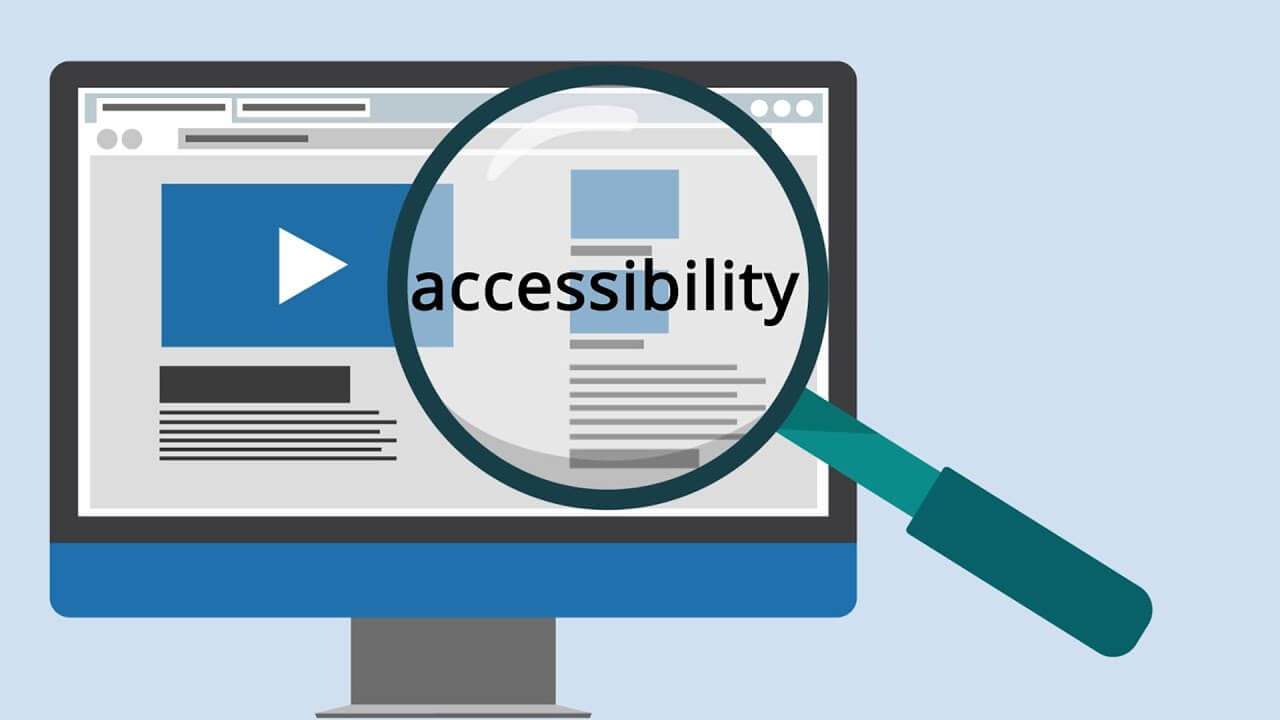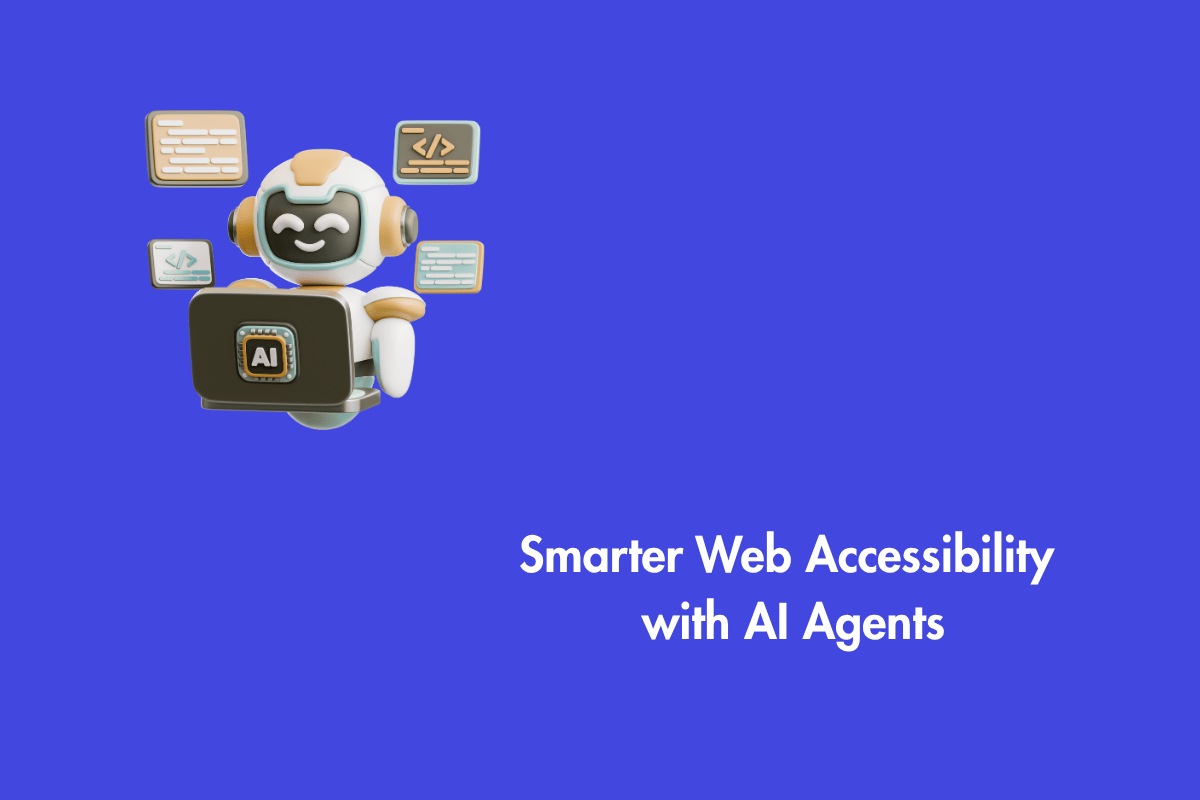The first step towards accessibility is through an accessibility audit. An accessibility audit is just the beginning of your journey toward making your website accessible. The audit will provide you with a blueprint to fix your issues according to their priority. So, now that you have fixed all your web accessibility issues, is your website accessible for a long time? Unfortunately, no, accessibility is not a destination, it is a constant process as the digital world is constantly changing and evolving.
In this blog, I will go through the fundamentals of accessibility monitoring and reporting to help you keep your digital assets in check.
Table of Contents
Why is website accessibility important?
The internet as a whole is becoming a more valuable tool in many areas of human life, such as learning and working, governing and doing business, doing trade, receiving and giving medical treatment, enjoying leisure time, and much more. To ensure that persons with disabilities have the same opportunities as those without, the Internet be accessible to all users. People with disabilities will be able to take on greater social roles if the Internet is more accessible to them.
Making a website accessible may also have useful outcomes for companies. World Wide Web Consortium (W3C) research shows that making a website accessible may boost its reach and efficacy, which in turn can increase traffic and conversions. Improved search engine rankings and a more pleasant experience for all users are two additional benefits of making a site more accessible.
How to monitor website accessibility?
Monitoring web accessibility is the process of evaluating how your website meets essential thresholds for usability. It comes down to a combination of automated and manual testing as you hone the quality of your site to meet Web Content Accessibility Guidelines (WCAG) 2.1 conformance, at the very least.
Here are some steps that you can take to implement website accessibility monitoring:
1. Use automated accessibility tools
There are many automated accessibility testing tools available that can scan a website and identify potential accessibility issues. These tools can be run regularly to ensure that any new issues that arise are detected and fixed quickly. Some popular tools include the W3C’s Web Content Accessibility Guidelines (WCAG) 2.1 checklist, WAVE, and Lighthouse.
2. Conduct manual testing
While automated tools are useful, they may not catch all accessibility issues. It is important also to conduct manual accessibility testing to check for any issues that may not have been identified by the automated tools. This can be done by having people with different types of disabilities test the website and provide feedback on their experience.
3. Fix identified issues
Once you have identified any accessibility issues on your website, it is important to fix them as soon as possible. This may involve making simple changes to text size or color, or more complex changes to the website’s code.
4. Keep track of progress
It is important to keep track of the progress made in improving the website’s accessibility. This can be done by setting specific goals and tracking the number of issues that are identified and fixed over time.
What should be monitored for accessibility?
- Webpages: Check all of the potential entry points, the different perspectives, and the static and dynamic content.
- Web content optimized for mobile devices: Native applications for iOS and Android, for instance
- Documents: Document formats such as Portable Document Format (PDF), Microsoft Word, and Excel
- Media: Media such as Videos, audio, GIFs, etc.
To sum up: Whatever is shown on your website, whether it is your own original material or a widget provided by a third party, is your responsibility.
Accessibility Reporting
The next step is to determine what data points belong in the reports. The solution is complex because individuals in various jobs examine the outcomes in search of unique pieces of data. We should therefore revisit the introduction, in which we discussed the applications of accessibility monitoring. A variety of reports are required for various purposes.
There are usually 3 types of reports
- Report for the Legal and Compliance team
Those working in Legal and Compliance are concerned with keeping an eye on risks, adhering to consent decrees, and avoiding legal trouble. Therefore, they usually need a report based on the overall accessibility score and the severity of issues, i.e whether it is low, moderate, high, or critical issues.
- Report for the developers
Those in charge of development, such as product owners and managers, also need accessibility ratings to properly allocate resources.To prioritize the work of their engineers, they require a breakdown of the overall number of problems by category and severity.
- Report for the Leadership
A leadership report on accessibility emphasizes the summary. Here is an excellent list of details to include:
- Key figures (KPIs)
- Trend of scoring (how are we doing over a period of time)
- Total number of issues prioritized and categorized
- Detailed accountability chart
Your leadership team will be able to effectively manage the entire accessibility project using this information.
Wrapping up
Considering the many methods and reasons for monitoring and reporting on accessibility, it is evident that a thorough monitoring system may save substantial time and costs. However, manual testing must be performed to obtain full compliance.
Don’t let website accessibility hold you back any longer. At AEL Data, we conduct hybrid testing that consists of both automation and manual accessibility testing to achieve highly accurate results. The customer is the first, second, and third priority, and they always have the last say in our process Click here to book a free consultation.



